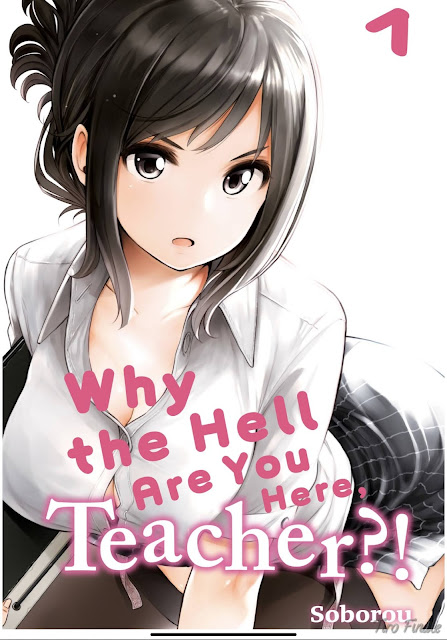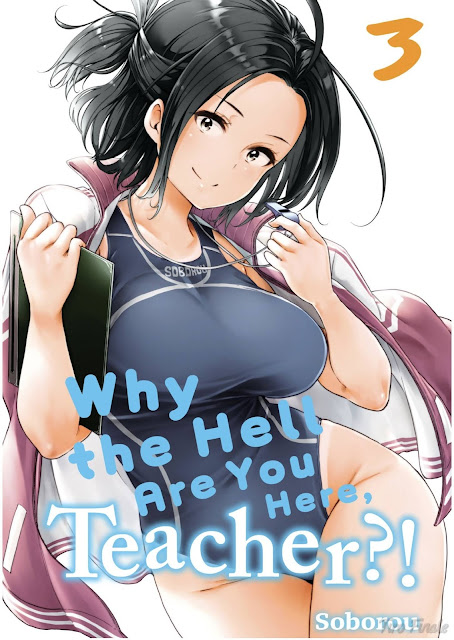Old School Dungeon Romp - Etrian Odyssey Untold: The Millennium Girl (3DS)
Etrian Odyssey Untold: The Millenium Girl (3DS)
Developer: Atlus
Publisher: Atlus
Released: October 1, 2013
Etrian Odyssey Untold is the fifth main entry into JRPG series of old-school Dungeons & Dragons style dungeon crawlers on Nintendo's DS platforms. This game is a remake of the first EO game, adding in many of the improvements and lessons learned up till EOIV on top of the upgraded graphics and musical score.
But the big change here is the addition of a classic Story Mode, featuring a full pre-written and voiced cast of characters in a proper JRPG style story instead of a group of customizable generic heroes as in previous games. The game does offer the option of a Classic Mode for people who prefer the old style or just want to craft their own party from 11 available classes in the game, but i expect most people will be more interested in jumping into the story Atlus has crafted this time around.
In this story, you play as player-named character on an assignment to investigate the troubles at the town of Etria, near the roots of the giant World Tree Yggdrasil. On this mission, he comes across an amnesiac girl Frederica who wakes up from a cryopod in an underground research laboratory. Later teaming up with a band of researchers in order to study the ruins and help her regain her memories, they begin to uncover the mysteries of Yggdrasil, foil an evil plot, and save the world in the process.
Now, that's a cliche story if I have ever heard one. But as trope-heavy and unoriginal as it may be, it is still wholly inoffensive, being sufficiently entertaining throughout the 60-80 hour adventure and ending on a solid note. It also helps that production values are good across the board, with some the best graphics 3DS has to offer, an excellent musical score which is a remix of the original EO's (with the original also included and toggle-able anytime), and fantastic character writing Atlus has come to be known for on their work on the Shin Megami Tensei and Persona series. I did find the game to be very charming during my time with it. For what it lacked in originality, it had a lot of charm and heart in it, and I'll say I do miss that ragtag group of adventurers. The game-play on the other hand, is the main star of the game.
In Story Mode, you are given a pre-defined party consisting of a Highlander, Gunner, Defender, Alchemist, and a Medic. This makes a nicely balanced party more than capable of conquering all the levels of Yggdrasil. For those looking for more customization, the in-game Guild Hall allows you to respec the characters' classes (but not their stat growths[!] choose wisely) at the cost of some levels. Alternatively, you could go back to classic mode later and roll your own party.
The game itself involves the characters venturing out from the hub-city of Etria ever deeper into the many floors of Yggdrasil dungeons, warping back to complete quests, sell loot, buy new gear or socialize with the party and townsfolk. As with any of the previous EO games, the game is an old-school D&D style dungeon crawler where the party ventures through dungeons in a first person perspective with random enemy encounters. Players will have to use the Nintendo DS's second screen in order to manually draw a map of the dungeon and chart a course to the next level, marking traps, events, healing wells, chests and strong enemies (called FOEs) along the way. This acts as a modern substitute to the classic pen and paper RPGs of yore, which, while sounding tedious on paper is strangely entertaining, giving a strange feeling of satisfaction unique to this style of cartography. New to the series is the option of auto-mapping, allowing the game to automatically map out the tiles you directly step on and its immediate surroundings, which avoids needing players to draw out every single floor and wall on the map, which is very helpful. With this, the most you will have to do is to note down key points of interest that may be important on a revisit or that one enticing chest across untraversable terrain. There is fun in drawing your own however, and people who prefer that can turn off auto-mapping if they so wish.
Combat in this game is turn-based two row system for both enemies and allies, with characters in the front row able to deal more melee damage but also receive greater incoming damage (and vice versa). Each enemy has specific physical or elemental weaknesses, which when taken advantage of, gives the character who dealt the damage to have a boost next turn, granting their next move a speed advantage and cost zero TP! Players will definitely want to exploit this system, as it not only ensures combat is resolved as quickly with as little damage as possible, but also efficiently as TP is a fairly limited commodity until you reach the next floor/shortcut.
 By completing quests and killing monsters, you gain experience and level up, dumping skill points into whatever abilities you prefer to build the best party to tackle even harder foes. If you feel you have choose your characters' skills are unsatisfactory at any point, you may hop over to the local Guild Hall to respec all skill points at the cost of 2 levels.
By completing quests and killing monsters, you gain experience and level up, dumping skill points into whatever abilities you prefer to build the best party to tackle even harder foes. If you feel you have choose your characters' skills are unsatisfactory at any point, you may hop over to the local Guild Hall to respec all skill points at the cost of 2 levels.
A new addition to combat is the use of Grimoire stones, which when equipped to characters grant them the ability to use skills from enemies or other classes. These stones can be combined to generate specific ability sets that complement the needs of your party. This new system does feel somewhat half-baked however, as the game never really explain the specific rule-sets involved in acquiring these stones, making it feel like stones with random abilities just simply spawning after a random encounter. Really digging into it and taking the time to understand and abuse however can net you some game-breakingly powerful creations, though it really shouldn't have to take reaching the late late game to take advantage of this.
One thing the Etrian Odyssey games have been known for is their level of challenge, and this new one does give a tough fight too, even on casual mode. Even normal enemies can prove to be a real threat if not dealt with strategically, with many of them being able to deal heavy damage to the party and/or inflict very debilitating status effects. Add in some complex levels and high encounter rates and players will be working hard to stay alive while conserving resources for the long run. Boss encounters are very difficult and somewhat long affairs, requiring players to properly plan their moves a few turns at a time and stretching the party's resources to the limit.
Somewhat unique to Etrian Odyssey is the presence of FOEs, these ultra powerful mobs are actually visible on the map when traversing dungeons. Each of them have varied movement patterns and rule-sets. Some patrol a fixed route, some move 2 squares for every one you take, and some might only move when you look away from them. Whatever the case, it is almost always better to use this information to avoid fighting them because at first encounter they are usually way over-leveled for your party and will be tricky foes even when dealing with them on a re-visit. Defeating them can be highly rewarding however, granting you good loot and proving that your party has in fact grown stronger.
Etrian Odyssey Untold is a perfect fit for fans of old-school dungeon crawler games and will also greatly appeal to players looking for a good challenge. It's story might be cliche, but it has plenty of charm to it. All in all, Etrian Odyssey Untold is deep and hugely rewarding JRPG that I can wholly recommend to fans of the genre.
Next week, I'll be writing on a game that is highly similar by the same developers at Atlus, Persona Q. See you guys then ^^










Comments
Post a Comment